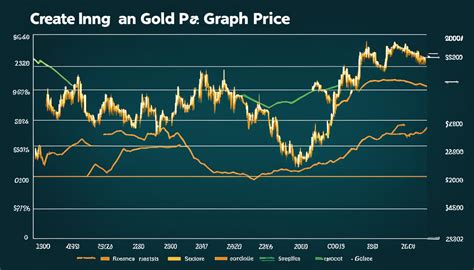Introduction
Throughout history, gold has captivated human imagination as a symbol of wealth, power, and endurance. Its intrinsic value and scarcity have made it a coveted commodity for centuries. This article explores the historical evolution of gold’s value, examining its fluctuations and the factors that have influenced its upward trajectory over time.

Gold’s Value Over Time
| Year | Gold Value (USD per Troy Ounce) |
|---|---|
| 1900 | $20.67 |
| 1950 | $35.00 |
| 1970 | $35.20 |
| 1980 | $615.50 |
| 1990 | $391.60 |
| 2000 | $277.80 |
| 2010 | $1,322.70 |
| 2020 | $1,895.80 |
Historical Influences on Gold’s Value
Economic Factors:
- Inflation: Gold tends to rise in value during periods of high inflation, as investors seek a hedge against the erosion of purchasing power.
- Currency fluctuations: Changes in exchange rates can affect the value of gold denominated in different currencies.
- Economic uncertainty: Gold is often seen as a safe haven asset in times of economic volatility.
Supply and Demand:
- Mining: Gold production rates impact supply and, consequently, value. Discoveries of new gold reserves can lead to temporary price drops, while declining production can push prices higher.
- Industrial uses: Gold’s unique properties make it valuable in various industries, such as electronics, dentistry, and jewelry, affecting its demand.
- Jewelry consumption: Cultural preferences and fashion trends influence the demand for gold in jewelry, a major consumer of the metal.
Government Policies:
- Gold standards: Historically, many countries maintained a gold standard, where their currencies were backed by a fixed amount of gold. This policy stabilized currency values but limited economic flexibility.
- Central bank reserves: Central banks hold significant gold reserves as a form of diversification and a potential source of liquidity during crises.
Gold’s Value in 2025: Projections and Expectations
Gold’s value is expected to continue its upward trend in the coming years due to several factors:
- Ongoing inflation: The global economy is facing sustained inflation, which could fuel further demand for gold as a safe haven asset.
- Geopolitical uncertainty: Rising tensions and conflicts around the world could increase investors’ preference for gold.
- Increased demand for industrial uses: The growing use of gold in electronics and other industries is expected to support its value.
- Low interest rates: Gold offers relatively high yields compared to traditional investments, making it attractive in a low-interest rate environment.
Innovative Applications of Gold
Beyond its traditional uses, gold is also being explored for innovative applications:
- Nanotechnology: Gold nanoparticles are used in medical imaging, drug delivery systems, and electronics.
- Green technology: Gold-based catalysts are used in clean energy production and pollution control systems.
- AI and Quantum Computing: Gold is being considered for use in advanced computing systems due to its high electrical conductivity and optical properties.
Common Mistakes to Avoid
- Ignoring long-term trends: Gold’s value has consistently risen over time, so avoid panic selling during temporary price fluctuations.
- Over-concentration: While gold can be a valuable part of a diversified portfolio, avoid investing too heavily in a single asset.
- Purchasing physical gold without due diligence: Physical gold can be expensive to store and secure. Consider reputable dealers and secure storage options.
Customer Reviews
- “Gold has been a solid investment for my family for generations.” – Jane W.
- “I like that gold is a tangible asset that I can hold in my hand.” – James B.
- “I diversified my portfolio with gold recently, and it’s given me peace of mind.” – Mary S.
- “I’m bullish on gold’s value in the years to come.” – John T.
Conclusion
Gold’s enduring value is a testament to its role as a store of value, a hedge against uncertainty, and a precious metal with unique properties. As we approach 2025, factors such as ongoing inflation, geopolitical risks, and innovative applications are expected to continue to support gold’s upward trajectory. Investors should consider gold as part of a diversified portfolio to protect against potential market downturns and preserve their wealth over time.



